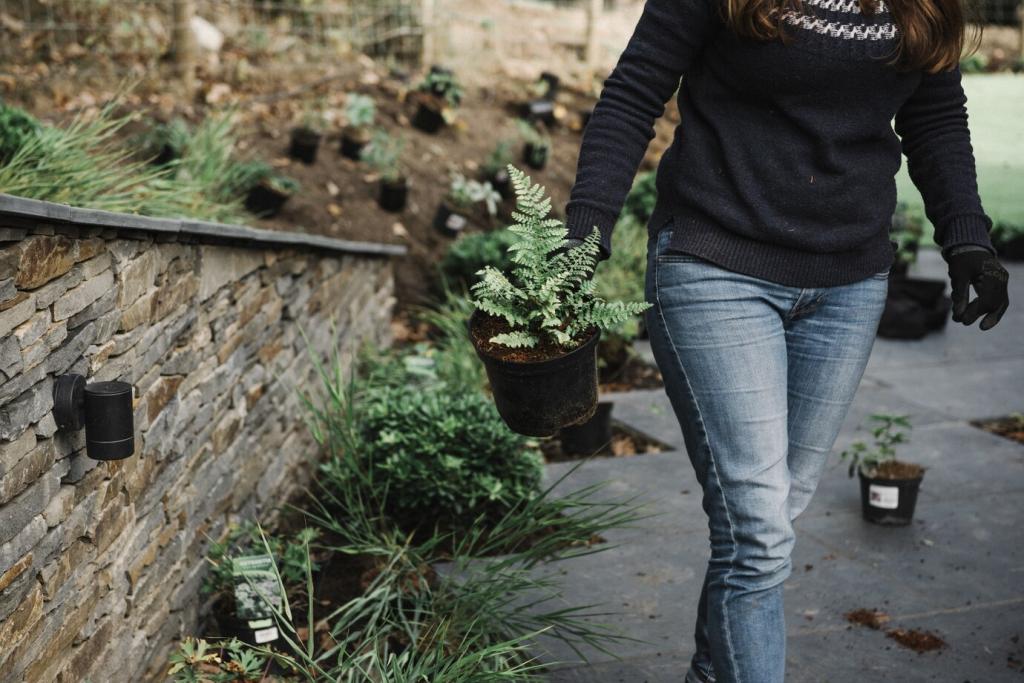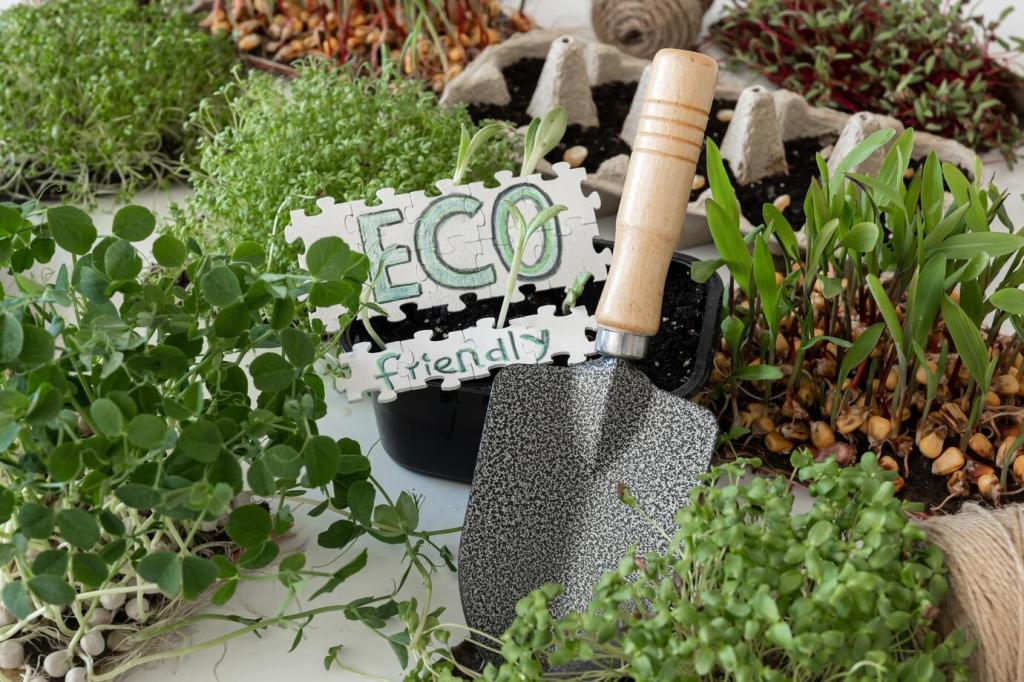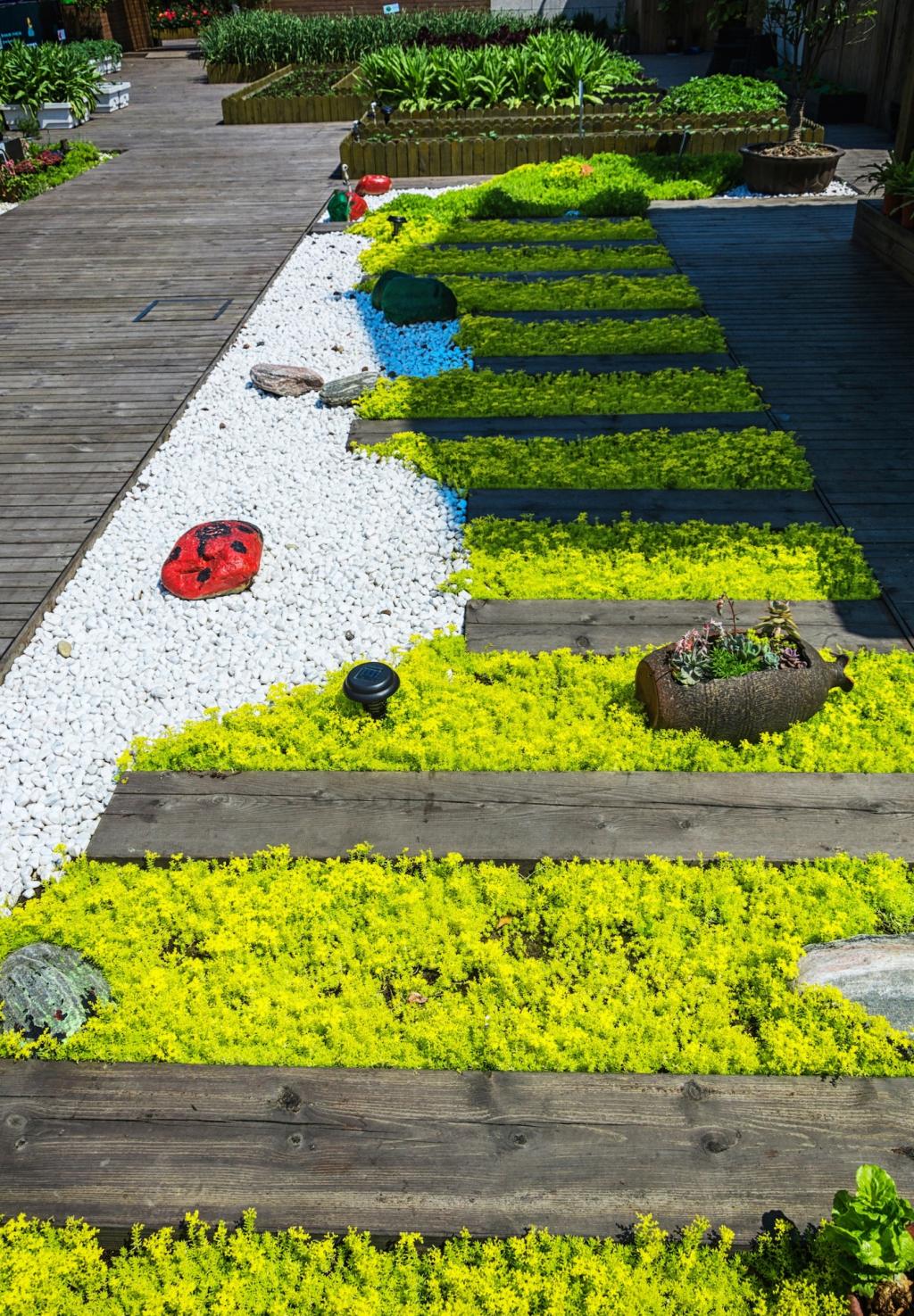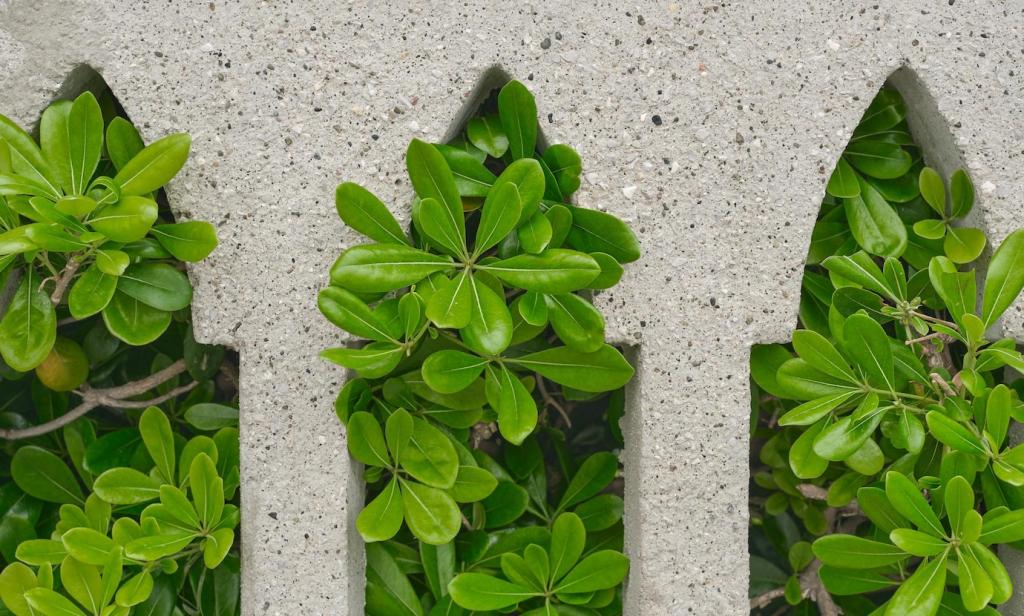
Creating Carbon-Sequestering Landscapes: A Living Blueprint for Climate-Positive Places
Chosen theme: Creating Carbon-Sequestering Landscapes. Welcome to a home page built for doers, designers, and everyday stewards who want their yards, farms, and city edges to actively draw down carbon while blossoming with life. Explore practical methods, human stories, and measurable wins—and join our community to share results, subscribe for field-tested tips, and shape a more rooted, resilient future together.
Soil First: The Hidden Engine of Carbon Drawdown
Compost and Mulch: Everyday Materials, Long-Term Storage
Layering compost and woody mulch adds steady organic inputs that fuel microbial activity and aggregate formation. Over time, those aggregates protect organic matter from rapid decomposition, effectively storing carbon deeper and longer. Start small, track improvements in soil texture and moisture, and share weekly observations with our community to inspire others to keep building.


Biochar: Turning Biomass into a Carbon Vault
Biochar is charcoal made under low oxygen conditions, creating a highly stable carbon structure that can persist for centuries. When inoculated with compost tea or finished compost, it becomes a microbe-friendly condo. Blend it into beds or tree pits to increase cation exchange capacity, retain nutrients, and keep carbon locked away while plants thrive above.
Planting for Permanence: Species That Store Carbon
Deep-Rooted Natives for Every Biome
Prairie grasses like switchgrass, bunchgrasses in Mediterranean climates, and native savanna species send carbon-rich exudates deep into the soil. Match species to your climate and soil type, then plant in diverse mixes. The underground biomass, often overlooked, is where much of the long-term carbon accumulation and drought resilience truly happens.
Designing with Layers: Canopy, Shrub, and Groundcover
Stacking layers multiplies photosynthesis and root inputs. A canopy of oaks or mesquite above shrubs like serviceberry, with groundcovers of clover or creeping thyme, keeps soil shaded and fed all year. The result is an elegant, self-reinforcing system that stores carbon while offering flowers, food, and habitat in every season.
Seasonal Water Wisdom: Matching Plants to Extremes
Choose species that thrive in your wettest and driest months without constant intervention. Drought-tolerant perennials maintain roots through hard times, sustaining carbon inputs when annuals falter. Flood-tolerant natives stabilize banks and trap silt—a carbon bonus. Share your regional plant successes to help readers refine palettes that endure and store.
Water That Works: Hydrology for Carbon Stability
Contour swales and infiltration basins capture runoff, reducing erosion and increasing infiltration where roots can convert dissolved carbon into biomass. Mulch the basin, plant deep-rooted natives along the berm, and watch how moisture lingers after storms. Post your before-and-after infiltration tests to guide neighbors toward simple, durable earthworks.


Water That Works: Hydrology for Carbon Stability
Vegetated buffers along streams catch sediment and nutrients, creating conditions for long-term carbon deposition. Wet meadows and seasonal floodplains store organic matter in anaerobic pockets, slowing decomposition. If you have a drainage swale, mimic these systems with sedges, rushes, and willows, and document wildlife returns as a co-benefit worth celebrating.
Working Landscapes: Grazing, Trees, and Agroforestry

Short, intense grazing pulses followed by ample rest stimulate plants to pump sugars into roots, feeding microbes that build soil carbon. Keep animals moving to avoid overgrazing, and measure recovery times by plant height, not calendar days. A rancher in our network doubled ground cover in two seasons, noting cooler soils and more spring moisture.
Measure What Matters: Verification, Learning, and Sharing
Simple Soil Carbon and Health Tests at Home
Try a jar test for texture, infiltration tests after rain, and bulk density sampling to estimate changes in soil organic matter. Keep records with photos at fixed points. Annual comparisons reveal trends faster than memory. Post your methods and results so beginners can start measuring progress with low-cost tools and neighborly support.
Monitoring with Open-Source Maps and Sensors
Pair GPS-tagged photo points with soil temperature and moisture sensors to understand how cover, mulch, and plantings shift microclimates. Use open-source platforms to visualize patterns season by season. Invite readers to replicate your setup and submit datasets, building a shared evidence base for practices that truly sequester carbon.
Storytelling that Mobilizes Action
Facts persuade, but stories recruit. Share the moment your bare slope stopped eroding, or when the neighborhood hawk returned after the hedgerow filled in. Ask readers to comment with their turning points, subscribe for field guides, and nominate sites we can feature—because momentum grows when people see themselves in the narrative.



